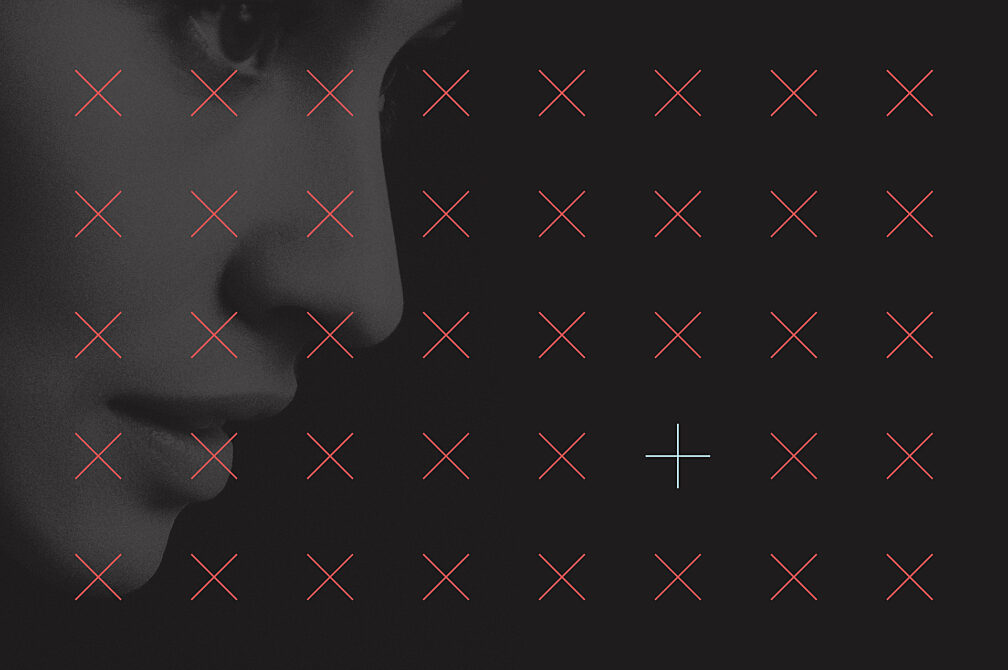Blog
Media Planning + Buying

Buying media through the lens of brand safety
Media buyers are tasked with developing and executing a strategy across digital and traditional channels to promote a brand, product or initiative for our clients. In addition to being good stewards of budget and strategy, our role now includes ensuring the advertisements we put forth position our clients in a positive light—no matter where they’re being seen. To do this, we apply various brand safety controls wherever possible, all to help clients feel confident about both their media placements and the content their media budget supports via downstream ad revenue. Along with protecting our client’s image, we can’t ignore the tangible benefits of applying brand safety controls: less ad fraud, better engagement and increased positive perception.
But what does brand safety mean in media buying? The simplest definition is protecting a client’s reputation when they advertise. This can mean ensuring their ad doesn’t appear next to negative content about current events or unfavorable industry news, and it even means excluding entire publishers due to reputation issues or removing placements that aren’t well regulated, like live videos on social media.
Marketers who don’t take brand safety into consideration when developing and executing a strategy risk potential exposure to a high-profile incident that results in significant social media blowback, negative press and potentially lost revenue—all stemming from a singular event. Although there’s no one-size-fits-all approach, all marketers should determine their “risk tolerance” to the potential impact of a brand safety incident. Understanding your values and taking stock of current and future media plans—along with ways the buy can potentially address these values—is a great place to start.
There are significant challenges to properly addressing brand safety, and they span everything from platform capabilities and technology to understanding how content might be perceived in different contexts. Plus, campaigns need to always perform at a level that ensures an appropriate return on investment. We address these challenges several ways:
- Understanding platform-specific capabilities (e.g., blocklist/whitelist use, removing audience network placements, automated content filtering, manual human content reviews)
- Third-party brand safety vendor integrations in programmatic buys to filter content at the contextual level
- Buying direct from publishers to granularly control placement of ads against their content
While brand safety is challenging to address and “perfection” is elusive, it’s well worth the time and effort to develop a strategy that works to protect against the negative impacts of a breach. Media buying through a brand safety lens gives space for the organization’s values to shine and in turn be rewarded with better performance, more positive engagement and the confidence to know that your advertisements are making a difference.
To learn more about brand safety and media buying, reach out today.
RECOMMENDED FOR YOU
Interested in media planning and buying? Read more on Google switch to responsive search ads and transitioning from third-party to first-party data.
Gerrit Mora
Gerrit Mora is a Senior Media Planner/Buyer at DS+CO